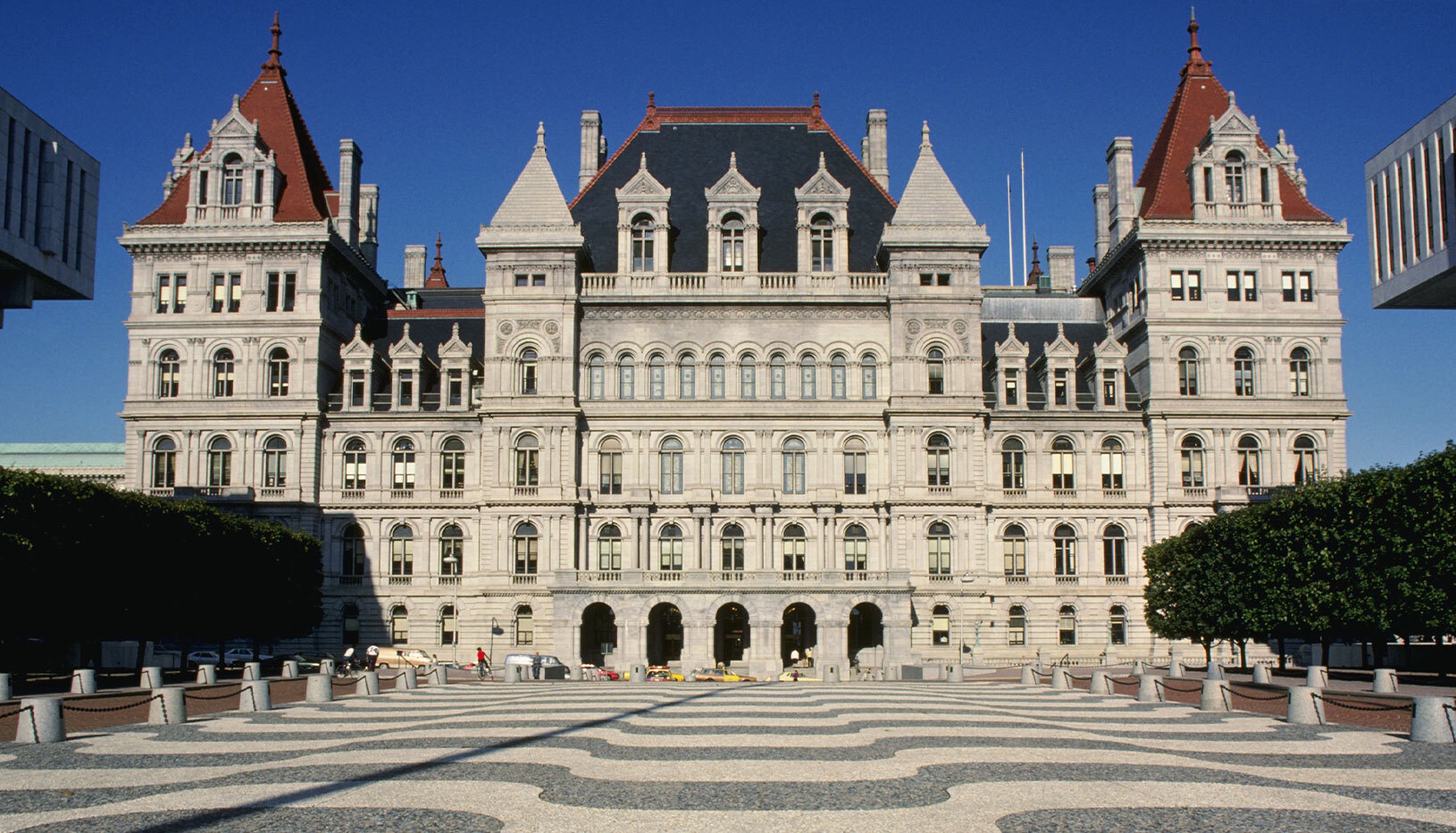Introduction
Voters’ demands for a more representative democracy have grown louder than ever. In 2018, they elected women and people of color to Congress in historic numbers. 1 And in 2020, more women of color are running for Congress than ever before. 2
This progress deserves applause, especially considering the longstanding barriers women and people of color face as candidates in raising the funds to compete. These barriers help explain why, even with the gains of 2018, these groups continue to be significantly underrepresented among congressional candidates.
The problem is most acute for women of color. Over the past four general elections for the U.S. House of Representatives, women of color raised less on average than all other candidates, relied more on small donations than their white and/or male opponents, and made up only 4 percent of candidates even though they constitute nearly 25 percent of the country’s population, this analysis finds. 3 (While complete fundraising and candidate demographic data for 2020 are not yet available, they are not expected significantly to change these findings. 4)
“It’s really hard for women to run,” Veronica Escobar, a Latina House member elected in 2018, told the Texas Tribune. “And I think it’s even harder for women of color because fundraising is really such a huge component of running in a congressional race and many of us have limited networks.” 5
This study shows that a small donation-matching public financing program could help minimize the disadvantages faced by women of color running for office — and enable all candidates to focus more on constituents and less on large donors while still raising competitive sums. Small donor public financing is a key provision of the For the People Act (H.R. 1), a sweeping democracy reform bill that the House of Representatives passed in 2019. Participation in the program would be voluntary, available to candidates who agree to lower contribution limits and other requirements. In jurisdictions that already offer similar programs, public financing has increased donor diversity and candidates’ outreach to their constituents. 6
Key findings of this analysis of the past four general elections for the U.S. House of Representatives include the following. (The numbers of candidates of color for the U.S. Senate have been too low to enable a similar, statistically sound analysis.):
Women and people of color are significantly underrepresented among House candidates.
- Women made up just 26 percent of candidates, compared to 51 percent of the general population. Even if women kept winning at their unprecedented rate in 2018, it would take more than three decades for their numbers in Congress to reflect their 51 percent share of the general population, the Center for Responsive Politics found. 7
- People of color were less than 20 percent of candidates, though they are 40 percent of the nation.
Women and people of color running for the House depend more on small donations.
- Female candidates raised on average a 70 percent greater share of their funds from small donors (who gave $200 or less) than their male opponents did. Candidates of color raised on average a 67 percent greater share from small donors than their white opponents did.
- Meanwhile the relative power of small donors recently has plummeted, with large donors nearly quintupling their share of giving in support of federal candidates, an earlier Brennan Center analysis found. 8
- The ranks of large donors show stark race and gender disparities, with the vast majority being white men. 9
Small donor public financing could reduce race and gender inequities among candidates.
- H.R. 1’s small donation-matching program especially helps candidates who face systemic disadvantages in accessing large donors and rely more on small donors, though all candidates stand to benefit.
- Under the reform, the average female candidate over the past four general House elections could have raised over $600,000 more per cycle, while the average male candidate could have raised nearly $445,000 more. The average candidate of color could have raised $427,000 more per cycle, while the average white candidate could have raised $309,000 more.
- The reform could particularly empower women of color, the most disadvantaged group when it comes to traditional fundraising. In the 2018 cycle, H.R. 1 could have reduced the average fundraising deficit of women of color candidates by 34 percent.
Elected officials and constituents also benefit from small donor public financing.
- Officeholders who have participated in public financing say it frees more of their time for governance and better aligns their fundraising efforts with representing constituents.
- The reform brings more people into the political process as donors and increases the socioeconomic diversity of donors compared to the traditional campaign finance system. 10
Endnotes
-
1
Li Zhou, “A Historic New Congress Will Be Sworn in Today,” Vox, January 3, 2019, https://www.vox.com/2018/12/6/18119733/congress-diversity-women-election-good-news. -
2
Kelly Ditmar, “What You Need to Know About the Record Numbers of Women Candidates in 2020,” Center for American Women and Politics, August 10, 2020, https://cawp.rutgers.edu/election-analysis/record-numbers-women-candidates-2020. -
3
Competitiveness of a given contest is a major driver of fundraising; and women of color tend to run in less competitive contests than other candidates. See Sarah Bryner and Grace Haley, Race, Gender, and Money in Politics: Campaign Finance and Federal Candidates in the 2018 Midterms, Peter G. Peterson Foundation U.S. 2050, March 15, 2019, 4, https://www.pgpf.org/sites/default/files/US-2050-Race-Gender-and-Money-in-Politics-Campaign-Finance-and-Federal-Candidates-in-the-2018-Midterms.pdf. -
4
Analysis of the most recent congressional fundraising data available — from the 2020 primaries — indicates that women, especially women of color, raised less money on average than other candidates. See Sarah Bryner, “Race and Gender Diversity in the 117th Congress,” Center for Responsive Politics, June 30, 2020, Table 2, https://www.opensecrets.org/news/reports/gender-and-race-2020. -
5
Abby Livingston and Julián Aguilar, “Texas Posed to Send Its First Two Latinas to Congress,” Texas Tribune, March 6, 2018, https://www.texastribune.org/2018/03/06/texas-poised-send-first-two-latinas-congress/. -
6
Elisabeth Genn et al., Donor Diversity Through Public Matching Funds, Brennan Center for Justice, May 14, 2012, 13, https://www.brennancenter.org/sites/default/files/2019–08/Report_DonorDiversity-public-matching-funds.PDF; Michael J. Malbin, Peter W. Brusoe, and Brendan Glavin, “Small Donors, Big Democracy: New York City’s Matching Funds as a Model for the Nation and States,” Election Law Journal 11, no. 1 (2012):14, http://www.cfinst.org/pdf/state/nyc-as-a-model_elj_as-published_march2012.pdf. -
7
Bryner and Haley, Race, Gender, and Money in Politics, 3. -
8
Ian Vandewalker, “The 2018 Small Donor Boom Was Drowned Out by Big Donors, Thanks to Citizens United,” Brennan Center for Justice, January 10, 2020, https://www.brennancenter.org/our-work/analysis-opinion/2018-small-donor-boom-was-drowned-out-big-donors-thanks-citizens-united -
9
Jennifer A. Heerwig and Katie M. Gordon, “Buying a Voice: Gendered Contribution Careers among Affluent Political Donors to Federal Elections, 1980–2008,” Sociological Forum 33, no. 3 (2018): 815, https://onlinelibrary.wiley.com/doi/epdf/10.1111/socf.12444; Sean McElwee, Brian Schaffner, and Jesse Rhodes, Whose Voice, Whose Choice? The Distorting Influence of the Political Donor Class in Our Big-Money Elections, Dēmos, December 8, 2016, 19, https://www.Demos.org/research/whose-voice-whose-choice-distorting-influence-political-donor-class-our-big-money. -
10
Malbin, Brusoe, and Glavin, “Small Donors, Big Democracy,” 14; Genn et al, Donor Diversity Through Public Matching Funds, 13; Michael J. Malbin and Michael Parrot, “Small Donor Empowerment Depends on the Details: Comparing Matching Fund Programs in New York and Los Angeles,” The Forum: A Journal of Applied Research in Contemporary Politics 15, no. 2 (2017): 43, https://www.degruyter.com/downloadpdf/j/for.2017.15.issue-2/for-2017–0015/for-2017–0015.pdf; and Bergen Smith, Hamsini Sridharan, and Laura Curlin, “2018 Fair Elections in Berkeley,” MapLight, December 19, 2019, https://maplight.org/story/2018-fair-elections-in-berkeley/.


